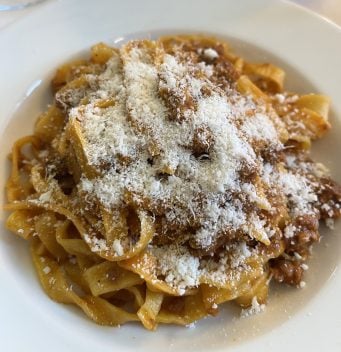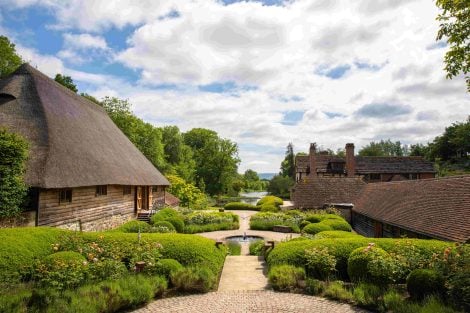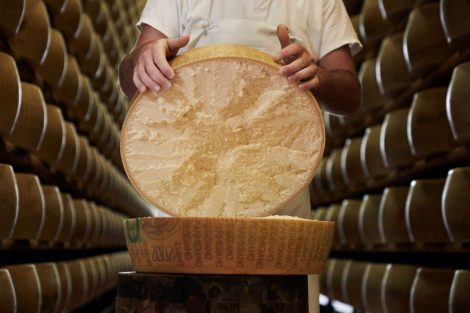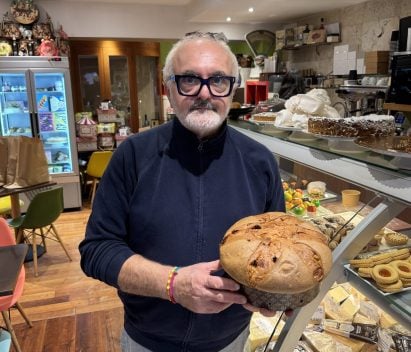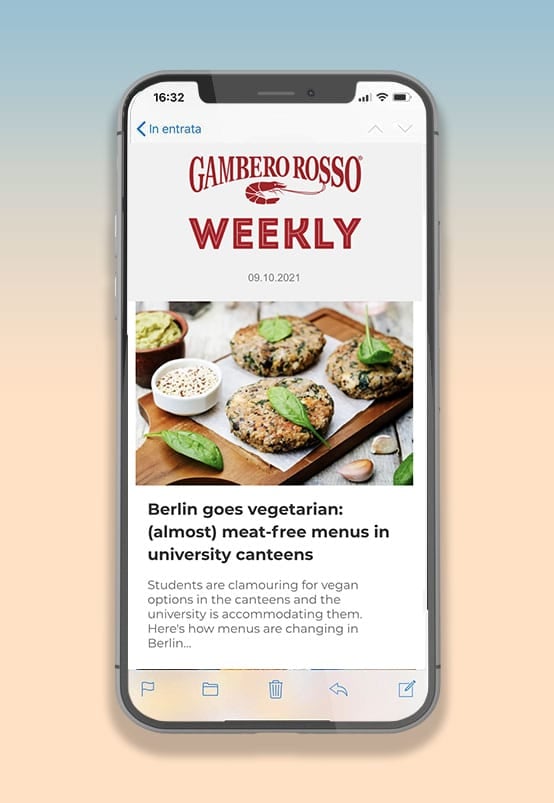Trastevere, once a working-class district with a knack for hospitality, is now a 24/7 stage: crowded outdoor tables, laundry hanging (purely for show), cookie-cutter osteria signs, and smartphones always on. Rione XIII has become a tourist hotspot, thanks in part to Instagram, where the right frame can turn any piazza into a viral attraction. Bar San Calisto, perched on its namesake square for over half a century—just a stone’s throw from Santa Maria in Trastevere and the birthplace of Alberto Sordi —seems unfazed by the idea of being photographed. And yet, it’s one of the most posted, tagged, and captured spots in the Rione. Not because of gourmet menus or trendy cocktails: San Calisto seems to resist any temptation of a makeover, and it’s precisely this indifference to algorithm-driven aesthetics that has made it a landmark in the urban pilgrimage of today’s tourist.
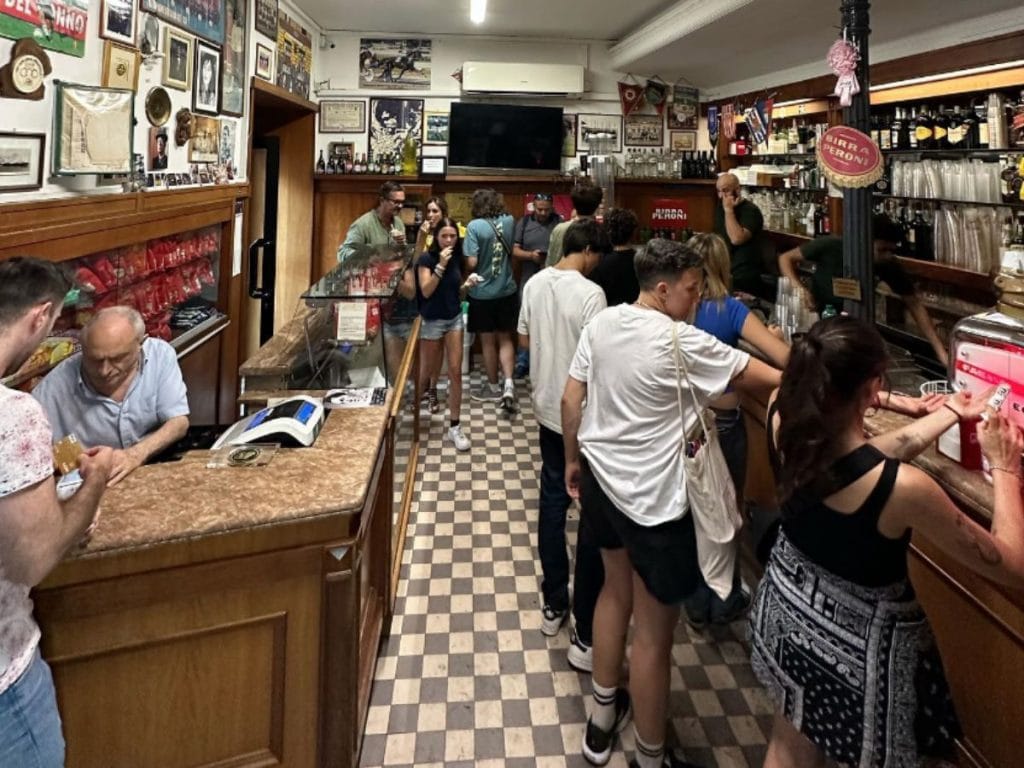
What makes Bar San Calisto a format foreigners love
Amidst the endless parade of copy-paste “osterie” with checkered tablecloths, pasta served in pans, and identical menus, Bar San Calisto stands out as an anomaly: ‘70s furnishings, coffee under a euro, bottled beer, and a handful of ice cream flavours. No restyling, no nods to trends. Yet it works. For Trastevere regulars, the “Sanca” is a second home. What’s surprising is how much it appeals to those seeing the area as tourists. Often confused by an offer that fakes tradition and serves clichés, foreigners in the Eternal City seem to find something different at San Calisto. Not better, but unexpected. They arrive anticipating some unique experience and instead find a bare-bones, often overcrowded and noisy bar, with basic service and an unusual crowd. A venue that doesn’t try to please: people come because they’ve heard about it, seen it on an Instagram Story, a trendy TikTok, or been drawn by the cluster of patrons gathering at sunset. Many young Americans are stunned by the open bottle policy (drinking from a bottle in public, which is illegal back home) and the kick of the sgroppino; others—more boomerish—raise an eyebrow at the bearded guy at the next table casually rolling a sage-scented cigarette. In 2018 the bar was shut down by police order for being “frequented by known criminals” and “a source of nighttime disturbances”. As if nothing happened, it reopened three days later and everything was back to normal. Marcellino Forti (the founder) at the till, the tiny beer-branded tables, and sports newspaper clippings on the walls. Outside, the daily competition for one of the green plastic chairs in the noisy, contrast-filled square continues.

Another reason behind Bar San Calisto’s success is its unintentional photogenic quality. The bar isn’t Instagrammable for its looks, but for its atmosphere. The jazz band playing in the square at night, the Cinecittà extras playing cards every morning, the neighbourhood characters who have occupied the same tables for years: it all feels like a film set. Some influencers have showcased San Calisto without sugarcoating it, turning it into a symbol of spontaneous resistance to aesthetic gentrification, thus helping it go viral.
San Calisto appeals to tourists bombarded by the Great Beauty because it doesn’t ask to be understood. It doesn’t care about its image—and precisely for that reason, it becomes an image. In a Trastevere that reinvents itself daily to be recognisable, the bar stands still. And paradoxically, by doing nothing to change, it becomes a symbol of a time that’s changing all the same.

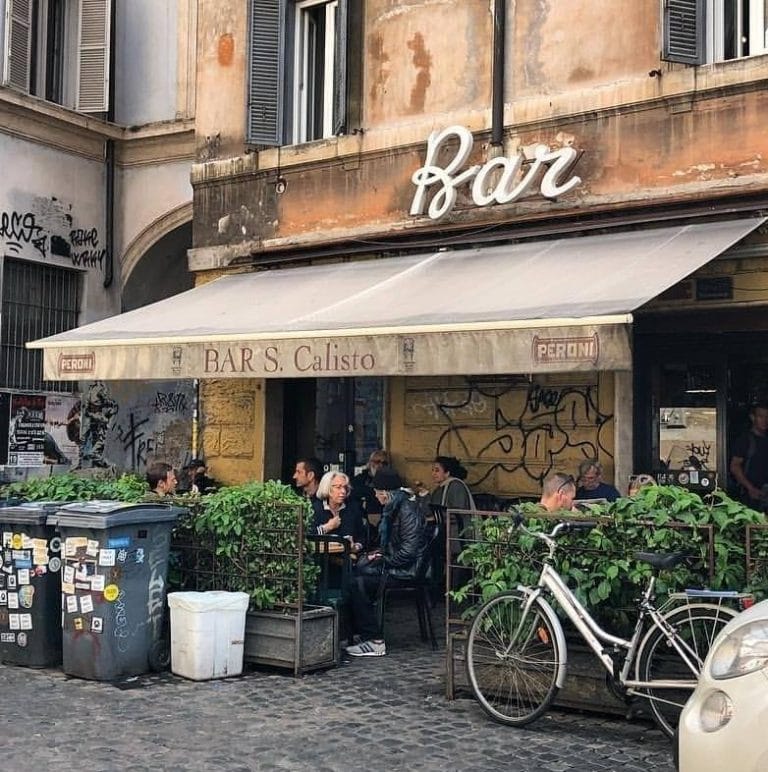
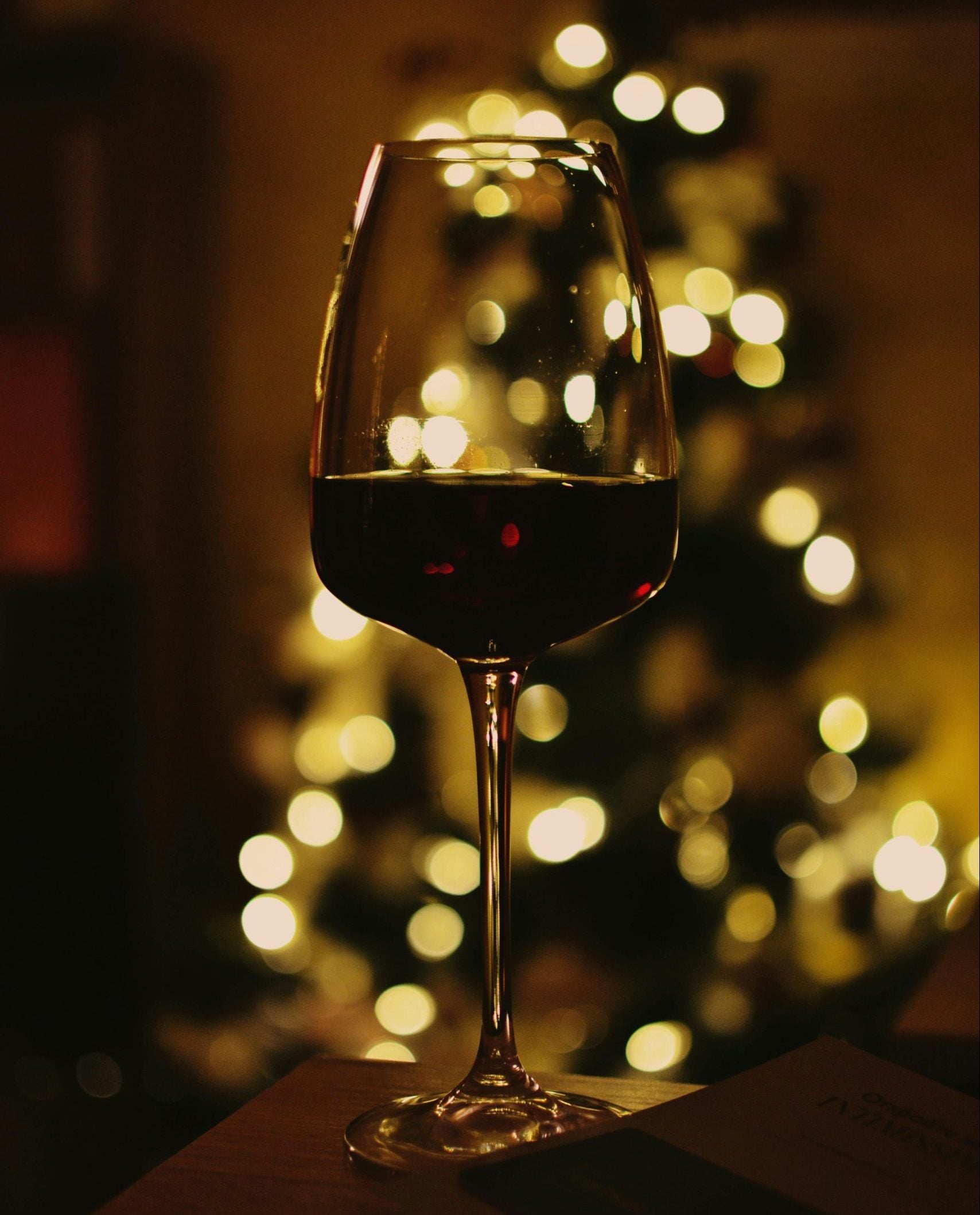 What do sommeliers drink at Christmas?
What do sommeliers drink at Christmas?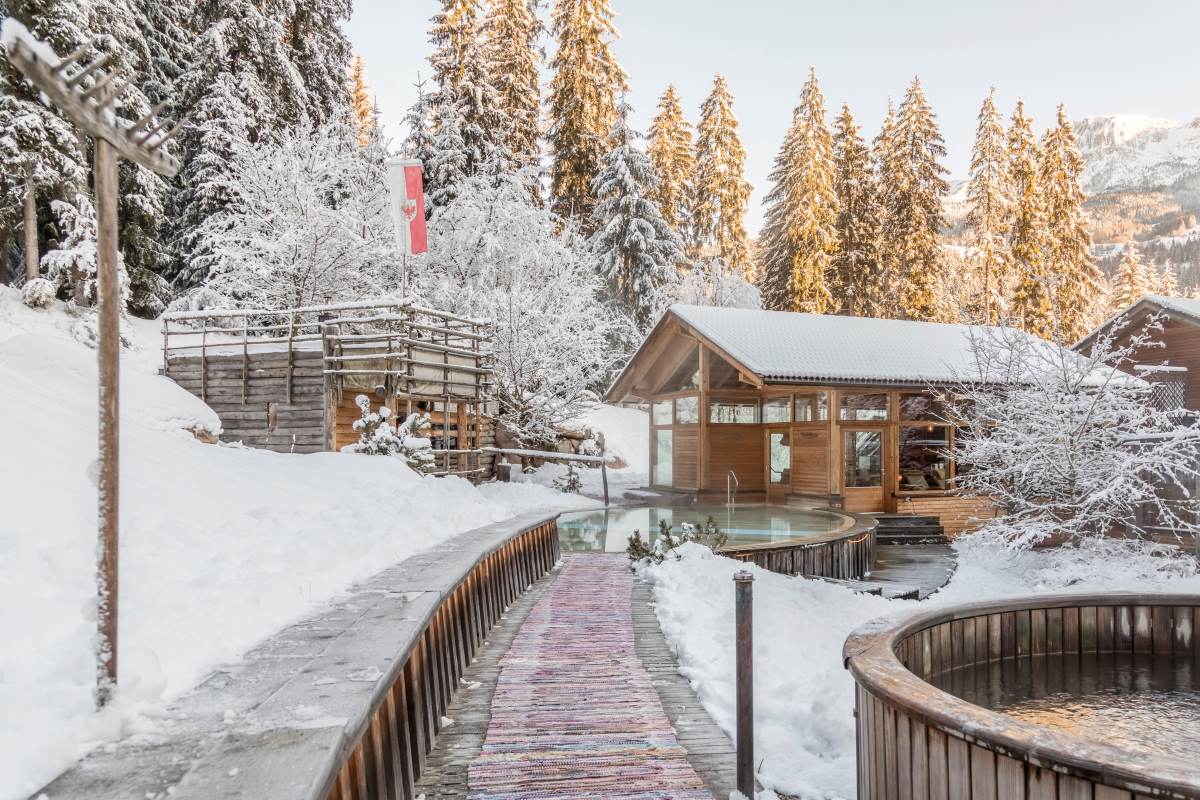 The alpine hotel where you can enjoy outstanding mountain cuisine
The alpine hotel where you can enjoy outstanding mountain cuisine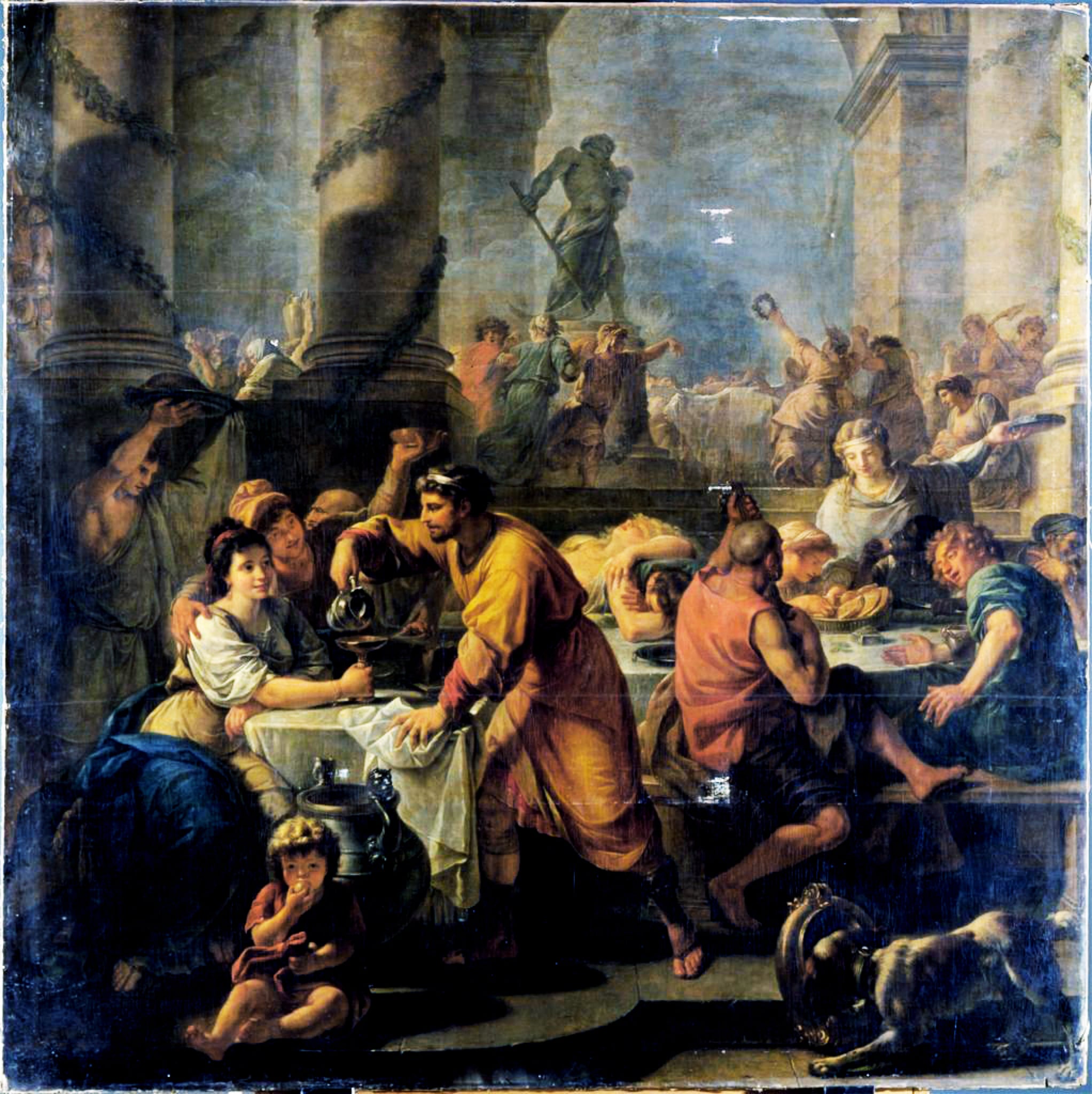 Io Saturnalia! How to celebrate the festive season like an Ancient Roman
Io Saturnalia! How to celebrate the festive season like an Ancient Roman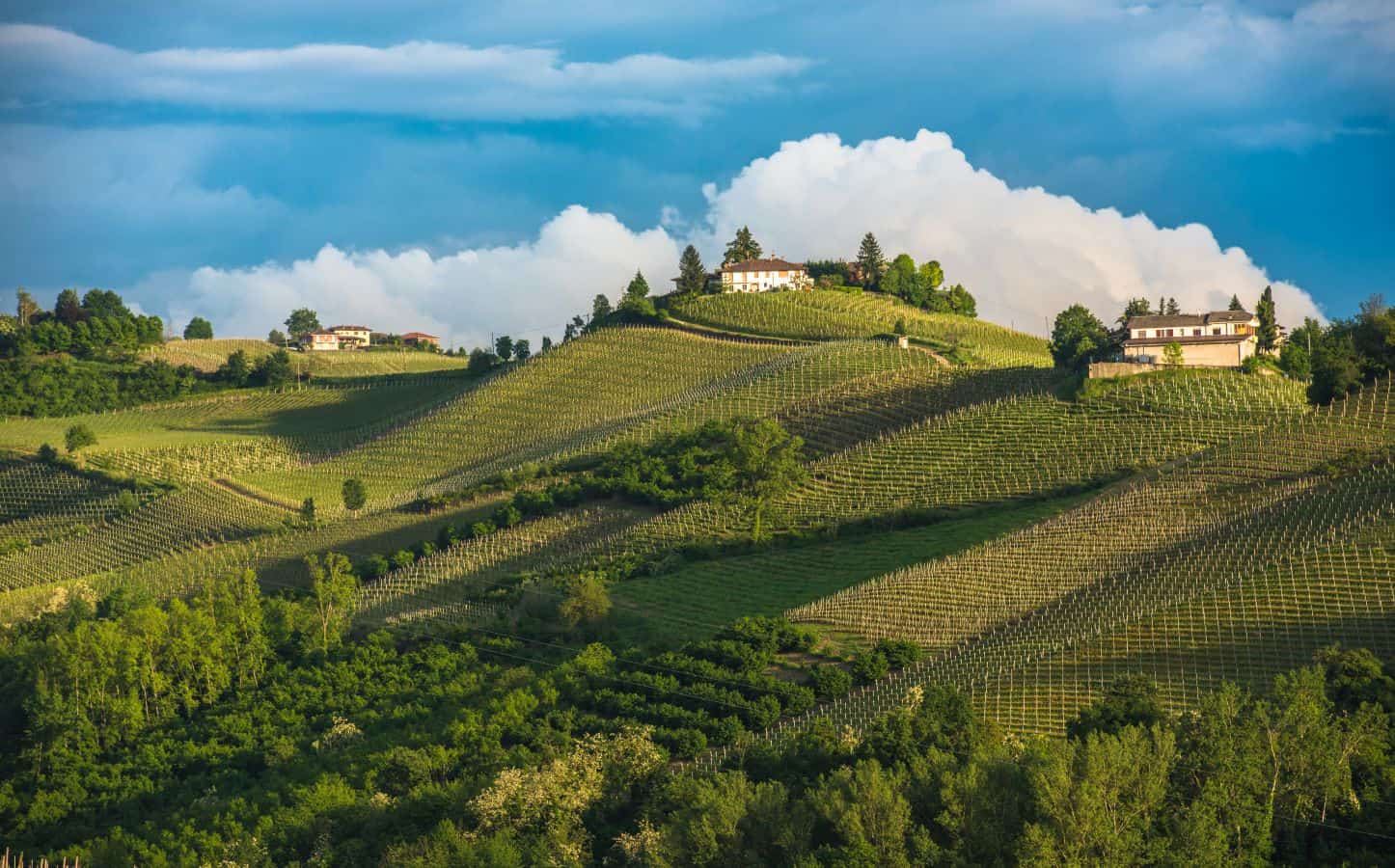 The UNESCO effect: tourism is growing, but there is a risk of losing identity
The UNESCO effect: tourism is growing, but there is a risk of losing identity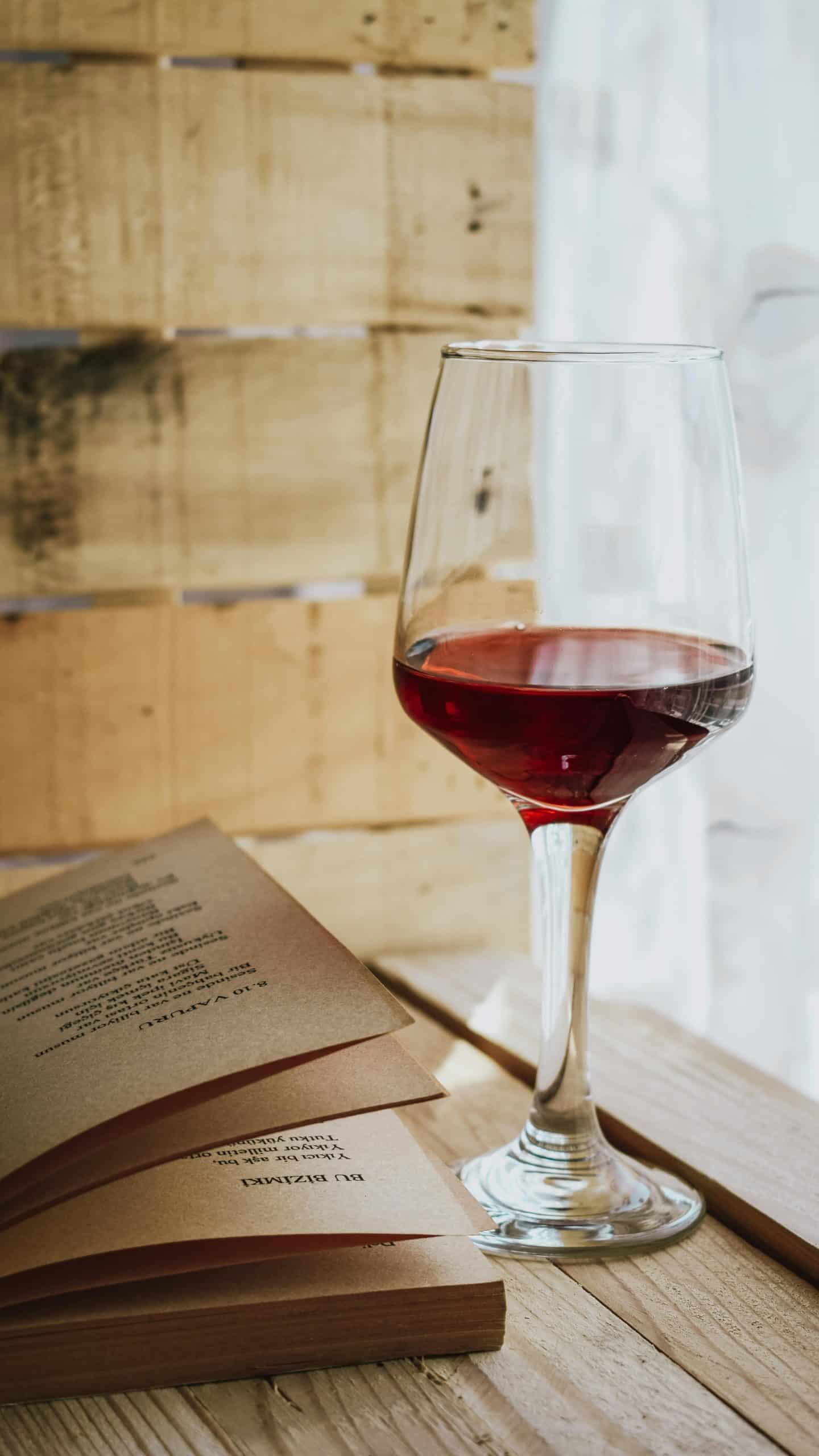 The perfect pairing? Wine and books
The perfect pairing? Wine and books
